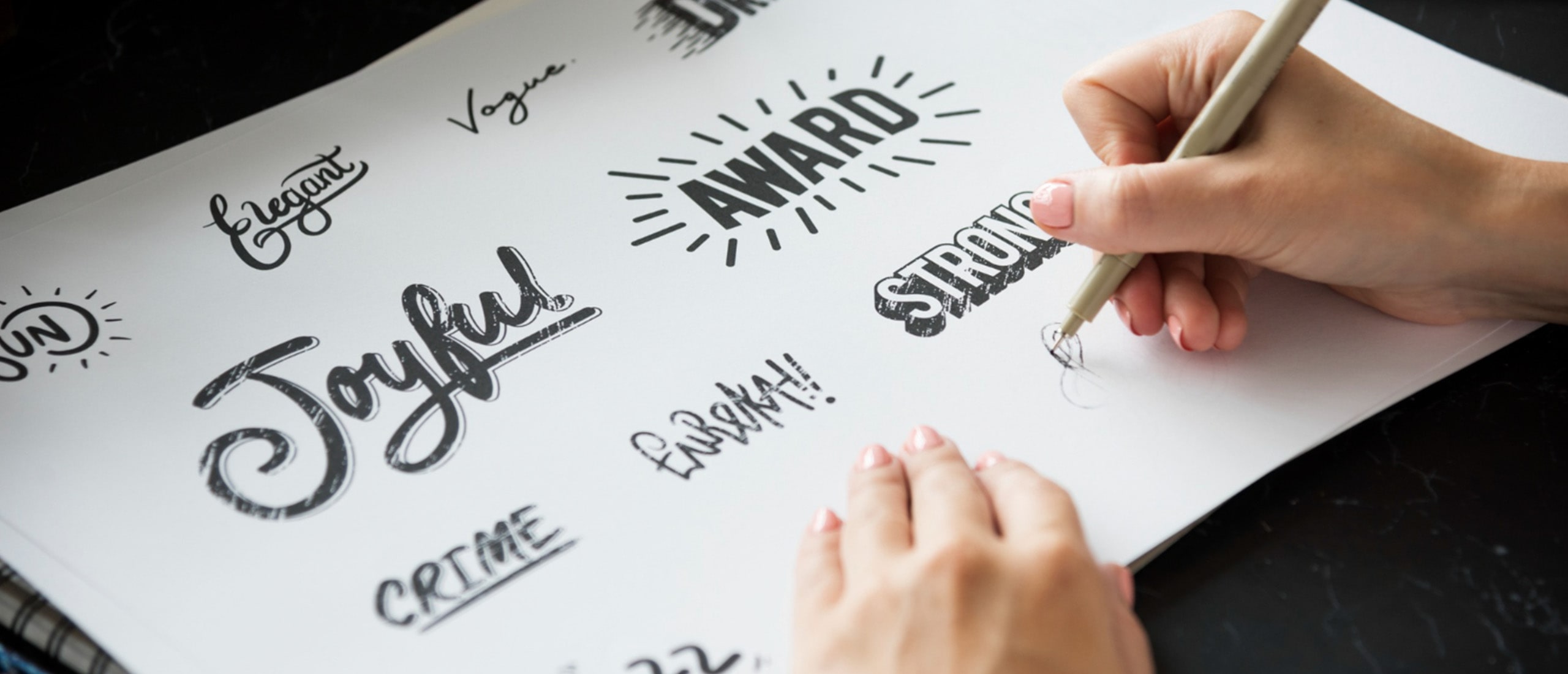Typography plays a pivotal role in branding, often serving as the silent voice of a brand’s identity. From the curves of a serif font to the bold simplicity of sans-serif, the choice of typeface can shape how customers perceive your brand—even before they read a single word. In today’s competitive landscape, understanding the power of typography is essential for creating a memorable and impactful brand.
Why Typography Matters in Branding
Typography is more than just letters on a screen or paper. It’s a design element that communicates your brand’s personality, values, and tone. Here are a few ways typography influences brand perception:
1. First Impressions Count
The fonts you choose are often the first thing customers notice. They set the tone for how your brand is perceived—professional, playful, luxurious, or approachable.
2. Reinforces Brand Identity
Typography supports your brand’s visual identity by aligning with your logo, color scheme, and overall design. Consistent use of fonts builds recognition and trust.
3. Evokes Emotional Responses
Fonts have the power to evoke feelings. A handwritten script might convey warmth and creativity, while a geometric sans-serif exudes modernity and efficiency.
4. Enhances Readability and Communication
Clear and legible typography ensures your message is effectively conveyed. Poor font choices can hinder readability and dilute your brand’s message.
The Psychology of Fonts
Typography taps into the psychology of design, influencing how people feel about your brand. Here are common font categories and the emotions they evoke:
1. Serif Fonts
• Examples: Times New Roman, Garamond, Baskerville
• Perception: Traditional, trustworthy, elegant
• Best For: Law firms, luxury brands, editorial content
2. Sans-Serif Fonts
• Examples: Helvetica, Arial, Futura
• Perception: Modern, clean, approachable
• Best For: Tech companies, startups, minimalistic brands
3. Script Fonts
• Examples: Pacifico, Brush Script, Great Vibes
• Perception: Creative, personal, sophisticated
• Best For: Beauty brands, wedding planners, artisan businesses
4. Display Fonts
• Examples: Impact, Lobster, Bebas Neue
• Perception: Bold, unique, attention-grabbing
• Best For: Headlines, advertising, entertainment brands
5. Monospaced Fonts
• Examples: Courier, Consolas
• Perception: Technical, retro, utilitarian
• Best For: Coding platforms, tech-focused brands
Choosing the Right Typography for Your Brand
Selecting the right typography involves more than personal preference. It requires a strategic approach to align fonts with your brand’s identity and audience. Here’s how to make the right choice:
1. Understand Your Brand Personality
• Is your brand playful or serious? Traditional or modern? Defining your brand’s personality helps narrow down font choices that match your tone and values.
2. Consider Your Target Audience
• Fonts should resonate with your audience’s preferences. A bold, edgy typeface might appeal to Gen Z, while a classic serif might attract a more mature demographic.
3. Prioritize Legibility
• No matter how beautiful a font is, it’s useless if it’s hard to read. Test fonts in different sizes and formats to ensure clarity.
4. Stick to a Font Family
• Choose a primary font for headlines and a complementary font for body text. Limiting your typography to two or three fonts ensures consistency and prevents visual clutter.
5. Test Across Platforms
• Your typography should look great on all platforms, from websites to print materials. Ensure fonts render well on different devices and screen sizes.
Typography Trends in 2025
Typography evolves with design trends. Here are some typography styles dominating 2025:
1. Variable Fonts
• These adaptable fonts allow for dynamic adjustments in weight, width, and slant, offering flexibility for digital and print applications.
2. Minimalist Sans-Serif
• Clean, straightforward sans-serif fonts remain popular for brands seeking modern and timeless aesthetics.
3. Custom Typography
• Brands are investing in custom typefaces to stand out and reinforce their uniqueness.
4. Retro-Inspired Fonts
• Nostalgia-driven designs featuring bold, vintage typefaces are making a comeback, especially in fashion and entertainment.
5. Handwritten and Organic Fonts
• Fonts that mimic handwriting or natural strokes convey authenticity and creativity, appealing to artisan and eco-conscious brands.
Case Studies: Brands and Their Iconic Typography
1. Coca-Cola
• The classic script font of Coca-Cola’s logo conveys tradition, warmth, and timelessness. It’s instantly recognizable worldwide.
2. Google
• Google’s sans-serif font exudes simplicity, modernity, and accessibility, reflecting the brand’s user-friendly ethos.
3. Vogue
• The serif font used in Vogue’s logo communicates luxury, elegance, and authority in the fashion industry.
4. Netflix
• Netflix’s bold, clean typography is designed for readability and impact, making it ideal for digital platforms.
Tools for Typography Selection
1. Google Fonts
• A free library of web-friendly fonts suitable for digital and print projects.
2. Adobe Fonts
• Offers a vast selection of high-quality typefaces with seamless integration into design software.
3. FontPair
• A resource for finding complementary font pairings.
4. WhatFont Tool
• Helps identify fonts used in existing designs for inspiration.
Final Thoughts
Typography is a powerful branding tool that influences how customers perceive your business. By selecting fonts that align with your brand’s personality, values, and audience, you can create a cohesive and impactful identity. At Richest Branding, we understand the nuances of typography and its role in brand development. Let us help you craft a typographic identity that speaks volumes about your brand.




